Alberta
EAST TANK FARM EQUITY ARRANGEMENT

EAST TANK FARM EQUITY ARRANGEMENT

In the fall of 2017 Suncor, Fort McKay First Nation (FMFN) and Mikisew Cree First Nation (MCFN) announced the completion of the acquisition by FMFN and MCFN of a 49 per cent interest in the East Tank Farm Development (ETFD) valued at approximately $500 million. The two First Nations independently financed the acquisition, with the offering structured and marketed by RBC Capital Markets.
The agreement is unprecedented in size and scale for the First Nations and Suncor and is part of a growing trend of Indigenous communities as equity owners. The investment will provide a steady stream of revenue to both FMFN and MCFN for a minimum period of 25 years. Located 35 kilometres north of Fort McMurray, the ETFD provides storage, cooling and blending services for bitumen received from Fort Hills.
At a signing ceremony on Nov. 22, 2017, Suncor, Fort McKay First Nation (FMFN) and Mikisew Cree First Nation (MCFN) announced the completion of the acquisition by FMFN and MCFN of a 49 per cent interest in Suncor’s East Tank Farm Development (ETFD).
The two First Nations independently financed the acquisition, with the offering structured and marketed by RBC Capital Markets. The agreement is unprecedented in size and scale for the First Nations and Suncor and is part of a growing trend of Indigenous communities as equity owners.
“We’ve completed a historic deal for energy development in Canada. This unique partnership has been part of a journey that demonstrates how innovative thinking and collaborative spirit can result in a mutually- beneficial opportunity and it has changed the way Suncor thinks about how our Aboriginal neighbours may participate in energy development,” said Mark Little, president, Upstream, at the time of the signing and now Suncor’s president and CEO. “Through this partnership we’ve learned a lot about working together to create something significant, and I look forward to continuing to work together on this joint investment with Fort McKay First Nation and Mikisew Cree First Nation for many years to come.”
The agreement is held in a limited partnership with Suncor called Thebacha, the Dene word for “river.” The investment will provide a steady stream of revenue to both FMFN and MCFN for a minimum period of 25 years.
“The economic benefits generated from this deal will help our Nation to build capacity within our businesses, develop infrastructure in our community, fund social economic programs, and provide us with the means to help pay for education and training for our youth, and will be felt in our community for generations to come,” says MCFN Chief Archie Waquan.
Located 35 kilometres north of Fort McMurray, the ETFD is part of the existing East Tank Farm and adjoins the Hot Bitumen Terminal (HBT) and its associated tanks. Once Fort Hills begins to produce bitumen, the ETFD will receive the Fort Hills hot bitumen via the Northern Courier Pipeline.
“The deal represents one of the largest business investment to date by First Nation entities in Canada, and not only demonstrates the great potential for partnerships between First Nations and industry but serves as a model for how First Nations can achieve greater self-determination through financial independence,” said, FMFN Chief Jim Boucher, Chief at the time of the signing. “It is an example of how First Nations and natural resource development companies can find ways to support each other for the mutual long-term benefits.”
Thanks to Todayville for helping us bring our members’ stories of collaboration and innovation to the public.
Click to read a foreward from JP Gladu, Chief Development and Relations Officer, Steel River Group; Former President and CEO, Canadian Council for Aboriginal Business.

JP Gladu, Chief Development and Relations Officer, Steel River Group; Former President & CEO, Canadian Council for Aboriginal Business
Click to read comments about this series from Jacob Irving, President of the Energy Council of Canada.

Jacob Irving, President of Energy Council of Canada
The Canadian Energy Compendium is an annual initiative by the Energy Council of Canada to provide an opportunity for cross-sectoral collaboration and discussion on current topics in Canada’s energy sector. The 2020 Canadian Energy Compendium: Innovations in Energy Efficiency is due to be released November 2020.
Read more on Todayville.
Hydro-Québec takes partnerships, environmental measures and sharing of wealth to new levels
Alberta
Alberta uncorks new rules for liquor and cannabis

Alberta’s government is supporting liquor producers by enabling them to own, operate and sell their own products on large format bikes or “party bikes.”
Albertans out for a spin on a party bike or tavern tour will soon be able to sip locally made beers and spirits. Alberta’s government is updating the rules to give small liquor producers the green light to serve their own products on party bikes, removing an outdated barrier that had prevented local producers from advertising their own brands.
This is one of several red tape reduction changes to the Gaming, Liquor and Cannabis Regulation (GLCR) aimed at making life easier for small businesses and expanding responsible choices for consumers.
“We are proud that these amendments not only cut red tape in the retail segment of the liquor marketplace, but also directly open more opportunities for small manufacturers to grow their businesses.”
More freedom to grow: Liquor and cannabis reforms
In addition to the changes to party bikes, Alberta is making it easier for liquor retailers to set up shop in underused commercial space. Businesses that own or lease large buildings can now carve out a separate liquor store within their space, so long as it has its own entrance and full floor-to-ceiling walls separating it from other retail operations.
Alberta’s government is also rolling out a long-awaited change for cannabis producers: federally licensed cultivators and processors will now be able to apply for a retail licence to sell their products directly from the same property, commonly known as “farm-gate” sales. This move aligns Alberta with other provinces and gives consumers more access to homegrown cannabis products, while supporting licensed growers.
These targeted reforms are part of Alberta’s broader push to cut red tape, reduce regulatory burden, and promote a more competitive marketplace across the province.
Quick facts
- Alberta’s retail liquor industry is robust, with more than 35,000 products available across more than 1,600 retail stores
- Larger companies with other retail stores, operate multiple retail stores that have a liquor store on site, but in a separate building.
- There are 752 licenced cannabis retail stores in Alberta.
- There are 2,356 licensed cannabis products for sale in the province.
- All cannabis retailers must be licensed by AGLC.
- Licensed producers are regulated by Health Canada.
Alberta
Alberta government records $8.3 billion surplus—but the good times may soon end

From the Fraser Institute
By Tegan Hill
According to last week’s fiscal update, the Smith government recorded a $8.3 billion surplus in 2024/25—$8 billion more than what the government projected in its original 2024 budget. But the good times won’t last forever.
Due largely to population growth, personal income tax revenue exceeded budget projections by $500 million. Business tax revenue exceeded budget expectations by $1.1 billion. And critically, thanks to relatively strong oil prices, resource revenue (e.g. oil and gas royalties) saw a $4.7 billion jump.
The large budget surplus is good news, particularly as it will be used to pay down government debt (which taxpayers must ultimately finance) and to invest for the future. But again, the good times could soon be over.
Recall, the Alberta government incurred a $17.0 billion budget deficit just a few years ago in 2020/21. And it wasn’t only due to COVID—until the recent string of surpluses, the government ran deficits almost every year since 2008/09, racking up significant amounts of debt, which still largely persists today. As a result, provincial government debt interest payments cost each Albertan $658 in 2024/25. Moreover, in February’s budget, the Smith government projected more deficits over the next three years.
Generally, Alberta’s fiscal fortunes follow the price of oil. Over the past decade, for example, resource revenue has been as low as $2.8 billion in 2015/16, while oil prices slumped to $US45.00 per barrel, and as high as $25.2 billion in 2022/23, when oil prices jumped to $US89.69 per barrel.
Put simply, resource revenue volatility fuels Alberta’s boom-and-bust cycle. In 2025/26, the West Texas Intermediate oil price will be a projected $US68.00 per barrel with projected resource revenue falling by $4.9 billion year-over-year.
But oil prices don’t need to dictate Alberta’s fiscal fortune. Indeed, if the Smith government restrains its spending, it can avoid deficits even when resource revenues fall.
There are plenty of ways to rein in spending. For instance, the government spends billions of dollars in subsidies (a.k.a. corporate welfare) to select industries and businesses in Alberta every year despite a significant body of research that shows these subsidies fail to generate widespread economic benefit. Eliminating these subsidies is a clear first step to deliver significant savings.
The budget surplus is undoubtedly positive for Albertans, but the good times could soon come to an end. To avoid deficits and debt accumulation moving forward, the Smith government should rein in spending.
-
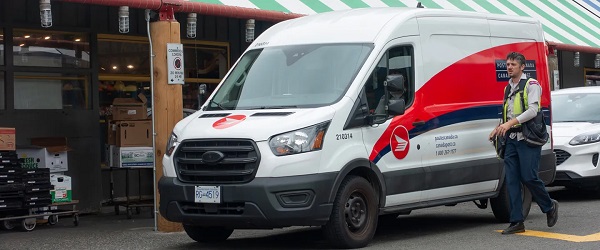
 Business2 days ago
Business2 days agoLatest shakedown attempt by Canada Post underscores need for privatization
-
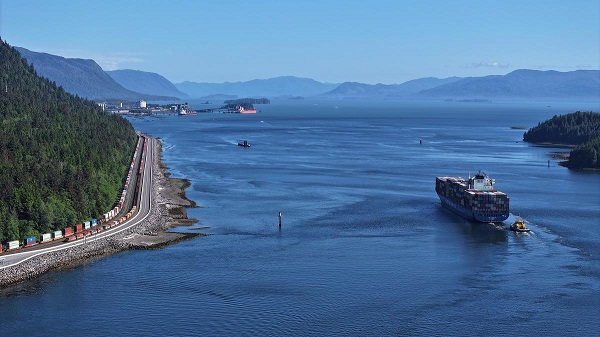
 Business2 days ago
Business2 days agoWhy it’s time to repeal the oil tanker ban on B.C.’s north coast
-
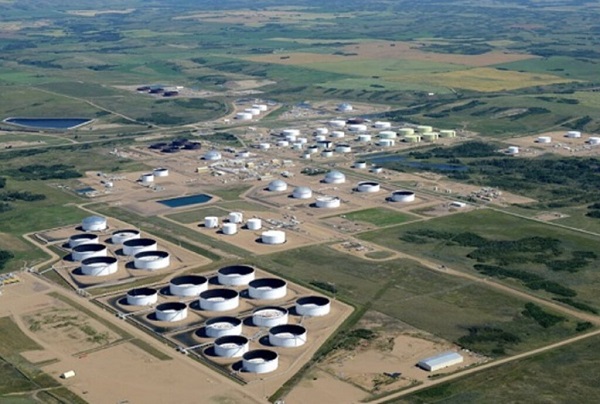
 Alberta2 days ago
Alberta2 days agoPierre Poilievre – Per Capita, Hardisty, Alberta Is the Most Important Little Town In Canada
-
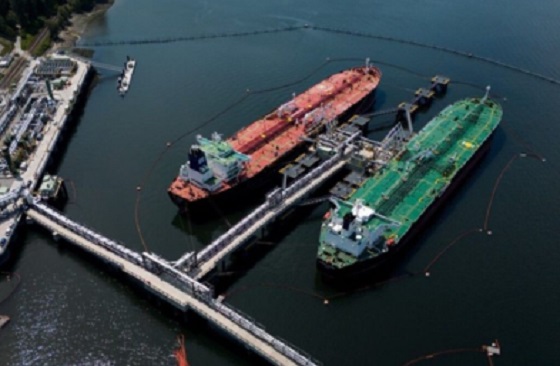
 Energy2 days ago
Energy2 days agoIf Canada Wants to be the World’s Energy Partner, We Need to Act Like It
-

 MxM News2 days ago
MxM News2 days agoUPenn strips Lia Thomas of women’s swimming titles after Title IX investigation
-
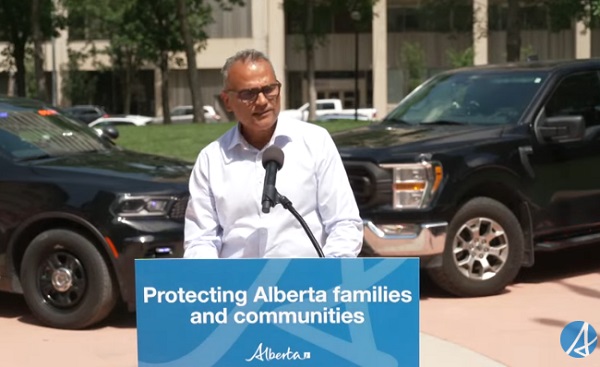
 Alberta1 day ago
Alberta1 day agoAlberta Provincial Police – New chief of Independent Agency Police Service
-

 Crime2 days ago
Crime2 days agoBryan Kohberger avoids death penalty in brutal killing of four Idaho students
-

 COVID-191 day ago
COVID-191 day agoTop COVID doctor given one of Canada’s highest honors





